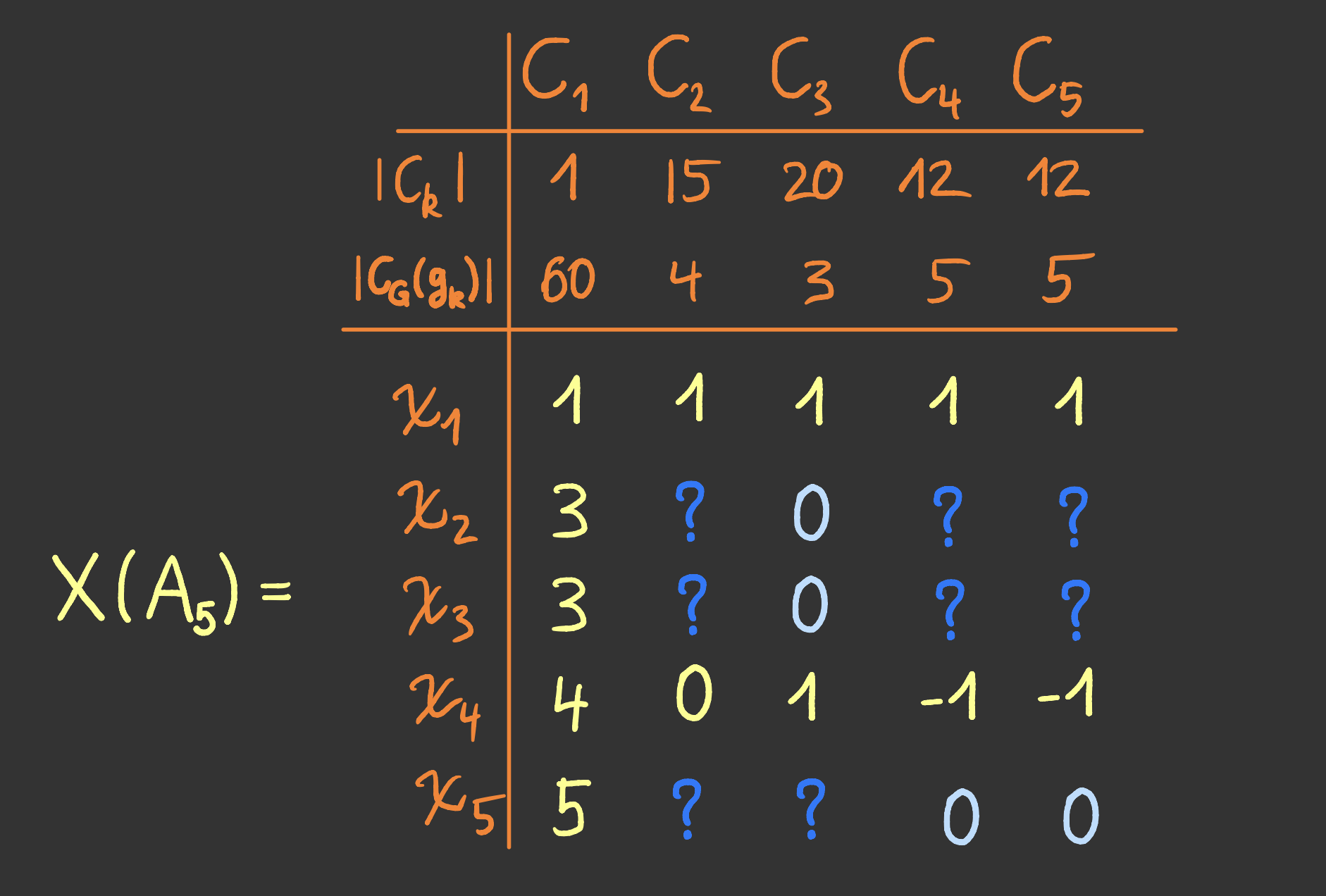Representation Theory of Finite Groups WS 2024/25
 Schedule
Schedule
| Lecture: | Wednesdays | 12:45 - 13:15 | Room 48-538 | Lecturer: | Prof. Dr Caroline Lassueur |
| Fridays | 10:15 - 11:45 | Room 48-538 | Lecturer: | Prof. Dr Caroline Lassueur | |
| Exercises: | Thursdays | 12:15 - 13:45 | Room 48-438 | Instructor: | Prof. Dr Caroline Lassueur |
| Office hour: | Upon request |
Public holidays / Exceptional schedule:
- Thursday, the 31st of October: Reformation Day - no lecture
Exam Dates: 4-5th of February, 11-12th of February and 4th of April 2025
 Lecture Notes
Lecture Notes
My lecture notes can be downloaded from the following seafile folder:
 Exercises
Exercises
The exercise sheets can be downloaded from the following seafile folder:
 Studienleistung
Studienleistung
In order to obtain a Studienleistung the following criteria are fulfilled:
- You must hand in to me 3 fully worked out exercises over the semester (1x in weeks 4 to 6, 1x in weeks 7 to 10, 1x in weeks 11 to 14);
- Your written solutions for the chosen exercices must be detailed and complete; and
- You need to present orally your solution to me and your fellow students + possibly answer questions.
 References
References
Textbooks you can use are the following. However, the lectures do not follow any of them faithfully.
- [JL01] G. James and M. Liebeck, Representations and characters of groups. See [zbMATH].
- [Ser77] J.-P. Serre, Linear representations of finite groups. See [zbMATH].
The original text is:
[Ser98] J.-P. Serre, Représentations linéaires des groupes finis. See [zbMATH]. - ([Isa06] M. Isaacs, Character theory of finite groups. See [zbMATH].)
- [Web16] P. Webb, A course in finite group representation theory. See [zbMATH].
- [CCNPW85] J.H. Conway, R.T. Curtis, S.P. Norton, R. Parker, R.A. Wilson, Atlas of Finite Groups. Clarendon Press, Oxford, 1985.
 Oral Exam
Oral Exam
In principle one should be able to explain the content of the lectures:
- Definitions, statements of the theorems/propositions/lemmata should be known.
- You should be able to explain short proofs as well as the main arguments of the longer proofs.
- The Exercises mentioned in the lecture are important for the understanding of the theory.
- There won't be any direct questions on the content of the Appendices.
- You should also be able to give concrete examples/counter-examples to illustrate the results.
- There will also be questions on concrete examples.
- Also be ready to write down formally the concepts and results you are explaining.
